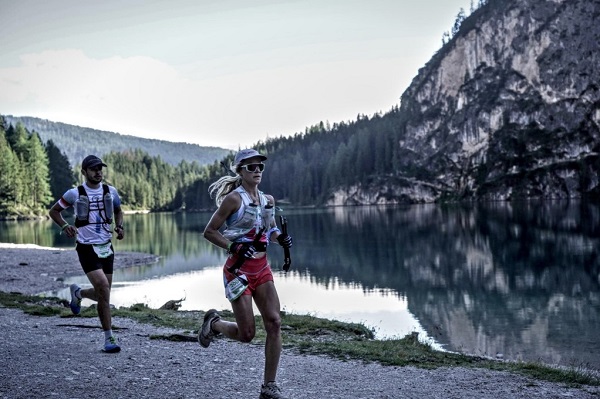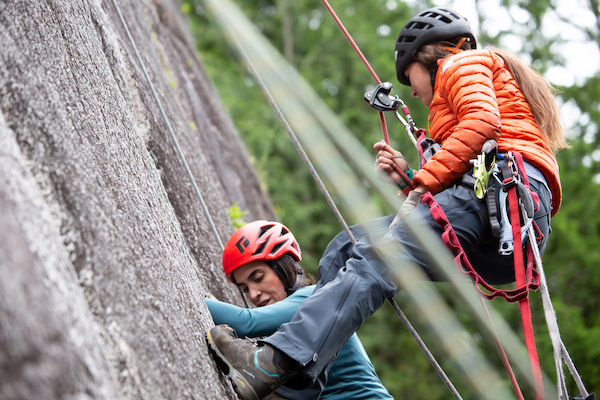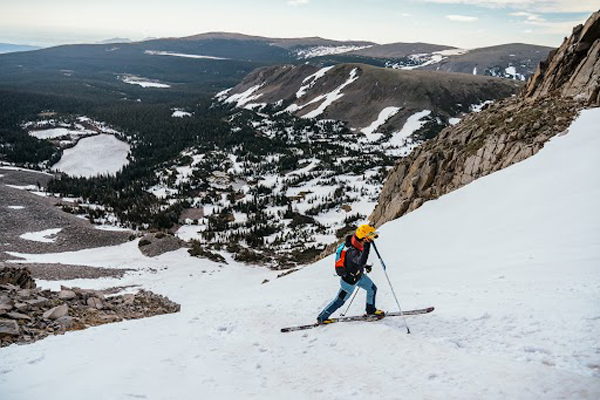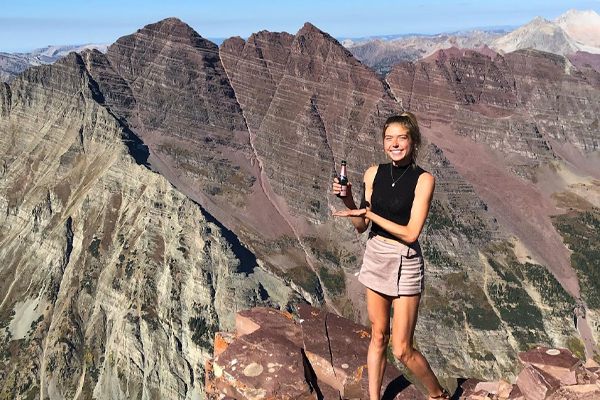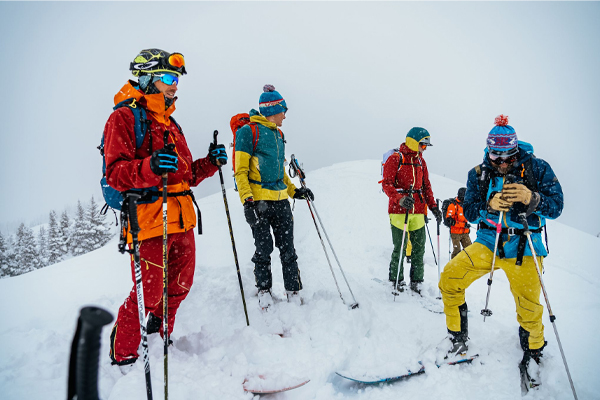Running & Climbing with Joe Mills

First, ask yourself this question: are you a climber who likes to run or a runner who likes to climb?
- - -
First, let me give you a little background on me as climber and a runner. If I had to label what type of climber I am I would certainly say I am a trad climber. I like big wall free climbing and huge days. However, any good trad climber has also got to be a good sport climber and boulderer, its all tied together. I climb upper-end 5.14 sport, and about the same on gear. I am a mediocre runner and in no way competitive. I have no background as a runner and went from the occasional 4 mile run to running a mountain 100 miler in 1 year. I honestly don’t really know why I decided to run 100 miles that year, I think I just wanted to see what it would feel like (It hurt really bad…). As I write this, I just threw my hat in the ring for the 2016 HardRock 100 lottery as well as a backup registration at The Bear 100.
Many climbers HATE running, absolutely hate it. It hurts your knees, it’s boring, it’s bad for your climbing, these are some of things I commonly hear whenever I talk to fellow climbers about running. Running has gotten a really bad rap in the climbing community, and these misconceptions are because climbers approach running from the wrong perspective and many times simply just don’t know how to run. Below is a list of tips that will hopefully dispel some of these misconceptions and help climbers safely incorporate running into their climbing life and generally help folks get out on the trails and enjoy what can be a really relaxing and rewarding sport.
1. Runner climber or climber runner
This is a question you have to ask yourself: are you a climber who likes to run or a runner who likes to climb? Climbers have the tendency, for better or worse, to push their limits in everything they do. Unless you have unlimited time resources or are an athletic mutant, you are likely to come up short on both ends. Take it easy on the running, don’t go hammer it as hard as you can every time you go for a run. You will likely end up injured in the first months of running and it also makes it generally less enjoyable if you’re dry-heaving every time you head out.
2. Stop doing it wrong
A lot of people think “I have been putting one foot in front of the other my entire life, I know how to run.”, but running form is critical to healthy running. The “it kills my knees comment” is 99% because that person is simply doing it wrong. There are a lot of good resources on the internet these days about running form and how to run. I encourage you to look into good running form and make a conscious effort during runs to follow those principles.
3. Ditch the approach shoes
This relates to #2. SOOOOO many climbers go run in their approach shoes. Approach shoes are not running shoes. They are often WAY to small, bulky, and torn up from multiple climbing approaches. Go into a good running store to get sized correctly and get into a pair of shoes that fit your foot and running style. Your running shoes will probably be a full size larger than your approach shoes, your feet need room to move. Don’t go approaching in the shoes you want to run in, these are for running and that’s it.
4. Take it slow
Again, climbers like to push it. Don’t go from never running to running 80 miles a week overnight. This will jack you up faster than campusing 2-finger pockets. Steadily increase your mileage from week to week, generally not exceeding a weekly mileage increase of more than 10%-15%.
5. Get a roller and pay attention to your body
Foam rollers are indispensable for avoiding injury and keeping your legs feeling good as you increase your mileage. When your running pay attention to what parts of your legs are tight, your IT bands, your calves, glutes, etc. Religiously get on the foam roller at night and massage those problem areas.
6. Know it will affect your climbing and be patient
If you start running a bunch and have never run before, you are going to be tired. You will climb worse at the beginning. Don’t decide to start running when you are in the middle of trying to send your gnarly-hard sport project. If you know this going in, it’s less likely you will be disappointed when you feel like you’re not performing at the crag. However, once your body adjusts it becomes way less taxing on your climbing power.
7. Use it as a training tool for big days
Long trail runs are an excellent way to train for long multi-pitch climbs or mountaineering objectives. Training for huge trad days requires getting totally worked. If you have a full-time job it is very difficult to get out for 12 hours on the rock consistently. Going for a 5 hour run in the mountains can get you pretty damn worked, and you could even throw in a couple hours of climbing after to get used to climbing totally exhausted. I have been to Yosemite twice to free routes on El Cap since I began running, and I have noticed a marked improvement in my all-day stamina.
8. Get off the pavement
If you can, get out on the trails. The uneven surface of trails uses more muscle groups and tends to help runners avoid repetitive stress-type injuries. Plus, it’s just way more fun to bomb down a steep single track than to pound the pavement.
9. Don’t be afraid to walk
If you’re trail running in steep terrain, don’t be afraid to “power-hike” some of the steepest sections. A lot of times your hiking speed and running speed on steep hills is about the same, and hiking uses much less energy.
10. Set a goal of a rad long run
Plan a cool, long running route or a race that inspires you. This adds a little adventure aspect into it and gives you a target to shoot for. That way you are not just running to accumulate miles for the hell of it. You are working towards a goal and that makes you want to put in those miles so that you can reach that goal.


